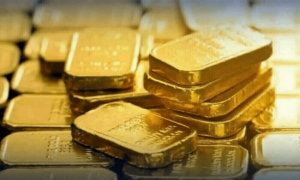BERLIN: The European Central Bank (ECB) announced Saturday it wants to monitor the liquidity of banks in the eurozone more frequently to reduce the future risk of a financial crisis. “we decided to send banks, starting in September, a request for information on a weekly basis, in order to have more recent data to allow us to better monitor liquidity developments,” said the chair of the body in charge of supervising banks in Europe, which is part of the ECB, in an interview published on the ECB site. “It’s a question of sending, with greater frequency, the information on liquidity that banks already send us on a monthly basis,” Andrea Enria said. The data include details such as the maturity of liquidity in the bank’s accounts, their counterparties and refinancing transactions with the ECB. This should make it possible to better control the development of “the most liquid assets and liabilities, like deposits”, Enria added.
The shift comes just after the bankruptcy of regional banks in the United States in March, followed by the collapse of Credit Suisse, which triggered fears of a global financial crisis. The measure responds to a June recommendation by the European Banking Authority (ABE), the regulator for the sector.
The European Union also adopted at the end of June new stricter regulations on banks to avoid a repeat of the 2008 financial crisis.
In this context, the chair of the supervisory board called for greater cross-border consolidation of the European banking sector “A more integrated market” of European banks “would be beneficial because it would be more capable of withstanding possible shocks”, he said.























Comments
Comments are closed.